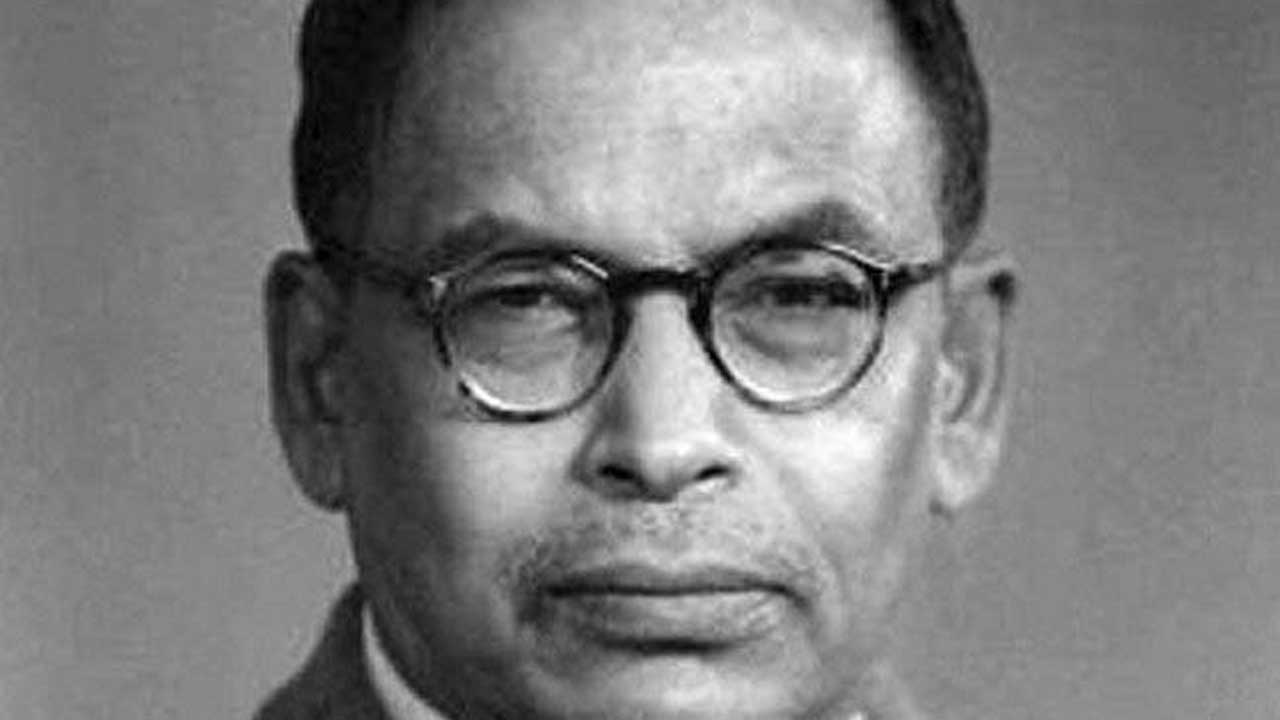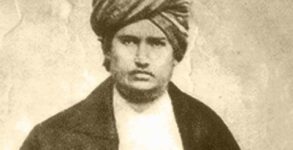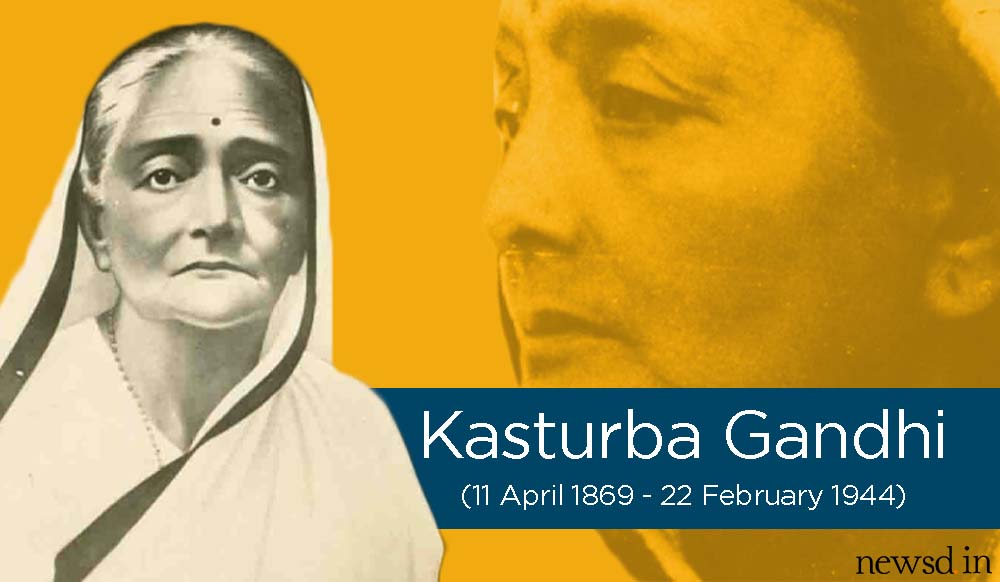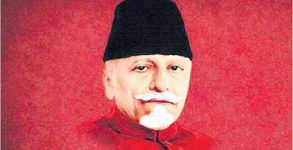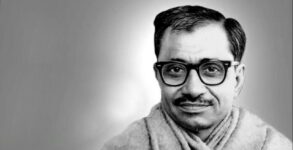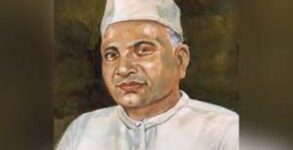There are many unsung and forgotten heroes that India has in abundance. One such man whose 128th birth anniversary falls today is Meghnad Saha who was not only nominated for the Nobel Prize in Physics more than once but was also elected to the first Lok Sabha in 1952 as an independent candidate defeating the Congress nominee Prabhu Dayal Himatsingka. But more interestingly he was the chairperson of the Calendar Reforms Committee set up in 1952.
No one can forget the role of the Planning Commission of India in the growth trajectory of the country which was actually conceived by Subhash Chandra Bose at the Haripura Congress in 1938. Bose as a president proposed it as a National Planning Committee in which Saha had shown very keen interest.
The man of versatile talent is also credited with River Planning as Damodar Valley Corporation goes to his credit but his biggest contribution besides his scientific achievement was providing National Calendar to India consulting 30 kinds of Indian calendar system (panchang) into one National Calendar. He wanted to make Greenwich of India which helped create the Positional Astronomy Centre that now works under India Meteorological Department (IMD). He had worked with Marie Curie and Walther Nernst.
An astrophysicist, who is known for his development of the Saha Ionization Equation, used to describe chemical and physical conditions of stars. He was the man to relate a star’s spectrum to its temperature, developing thermal ionization equations that have been foundational in the fields of astrophysics and astrochemistry.
Born on October 6, 1893 in Shaoratoli, a village near Dhaka, the present-day Bangladesh. He was forced to leave Dhaka Collegiate School for his participation in the Swadeshi movement. A student at Presidency College, Kolkata; a professor at Allahabad University from 1923 to 1938, and thereafter a professor and Dean of the Faculty of Science at the University of Calcutta until his death in 1956.
He was fortunate enough to have teachers like Jagadish Chandra Bose, Sarada Prasanna Das and Prafulla Chandra Ray. His class fellows included Satyendra Nath Bose, Jnan Ghosh and J N Mukherjee. He was also close to Amiya Charan Banerjee, a renowned mathematician at Allahabad University.
His best-known work concerned the thermal ionisation of elements, and it led him to formulate what is known as the Saha equation. This equation is one of the basic tools for the interpretation of the spectra of stars in astrophysics, and astrophysicists often use the phrase ‘to Saha correctly,’ making Saha one of the few scientists whose name is a verb.
By studying the spectra of various stars, one can find their temperature and from that, using Saha’s equation, determine the ionisation state of the various elements making up the star. This work was soon extended by Ralph H Fowler and Edward Arthur Milne.
Saha also invented an instrument to measure the weight and pressure of solar rays and helped to build several scientific institutions, such as the Physics Department in Allahabad University and the Institute of Nuclear Physics in Calcutta. Saha died on February 16, 1956 of a cardiac arrest in New Delhi. He was on his way to the office of the Planning Commission in Rashtrapati Bhavan.

